22.0mm Sizing
French stem sizing is a quirk of the vintage bicycle era. Bikes made before 1983 will likely have a different steerer sizing than other bikes. Instead of 22.2mm, which is the standard steerer size for most bikes, vintage French steerers take a 22.0mm stem. Just this tiny 0.2mm margin of a narrower quill diameter can cause a lot of head-scratching when it comes to finding the right stem. Why? Because not all French stems of that era were made for French steerers, and many that were of that French sizing were unstamped, leaving out a crucial detail of it’s quill diameter size. I’ve never understood why that was the case for many very well-established and respected stem makers of this era.
Will it Fit?
If you try and fit a 22.2mm stem into a French steerer, it won’t fit. That tiny difference of 1/5th of a millimetre will mean that the stem will not fit through the headset lock ring. Some people will say a bit of grinding or sanding of the 0.2mm difference will do the job, but let’s be honest, it’s something you don’t want to be forced into doing. On the flip side, if you try and install a French stem of 22mm into a standard steerer tube, it will always be slightly loose and therefore dangerous. A recent bike I acquired had this setup, and although it had obviously held its position over the years, I replaced it immediately. Just seeing how easily it came out of the steerer was proof enough that it could have caused a catastrophic crash.
Step Up Cinelli
Thankfully, some stem makers did stamp their quills properly, to save any confusion regarding their French stem sizing. Cinelli, though not that common to find in 22mm these days, marked their French sized stems with a dimple on the quill, which is very useful. Those without the dimple are standard sized. However, french stem makers like Ava, Philippe, Pivo and Atax often have no markings on them at all, so knowing if they were of the 22.0mm era or if they were made for standard steerer tubes after 1982, will be guesswork.
Other Quirks
The differences of French stem sizing doesn’t stop there. Older French stems will not clamp onto Italian or Japanese/British handlebars of the era, because the clamps they used were for thinner 25mm handlebars, which are now obsolete. In other words, French stems will only fit French handlebars, which, as you can guess, are often unmarked in size! Another thing to bear in mind is the unusual allen bolt size for some French stems. Philippe use a 7mm bolt sizing, which I have to warn is very liable to rounding. If you’re not careful and find there is play with the allen key in the nut, it is possible you may never get the stem off; these allen nuts were not well made and can be easily damaged. A few failed attempts and it’ll be stuck there forever.

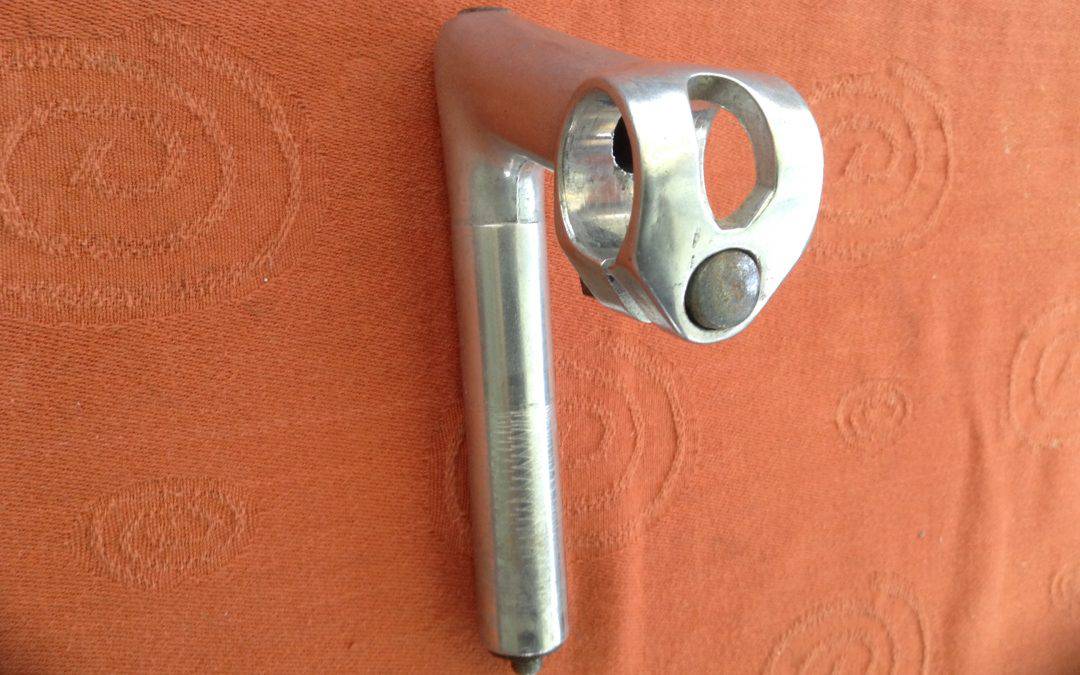
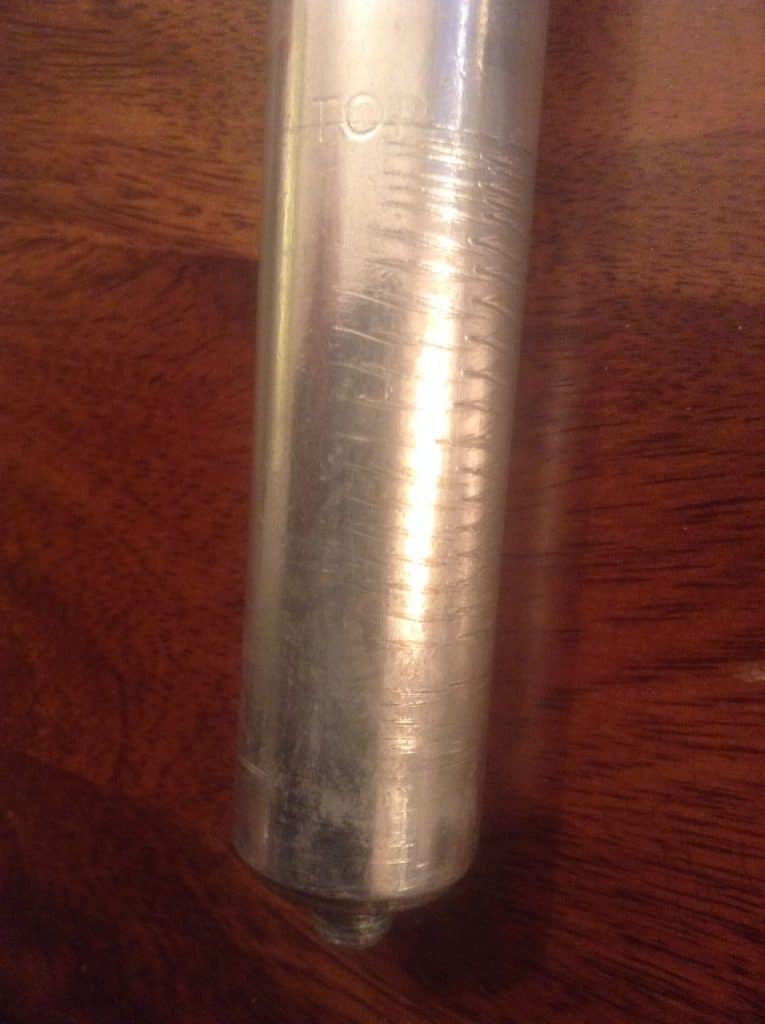
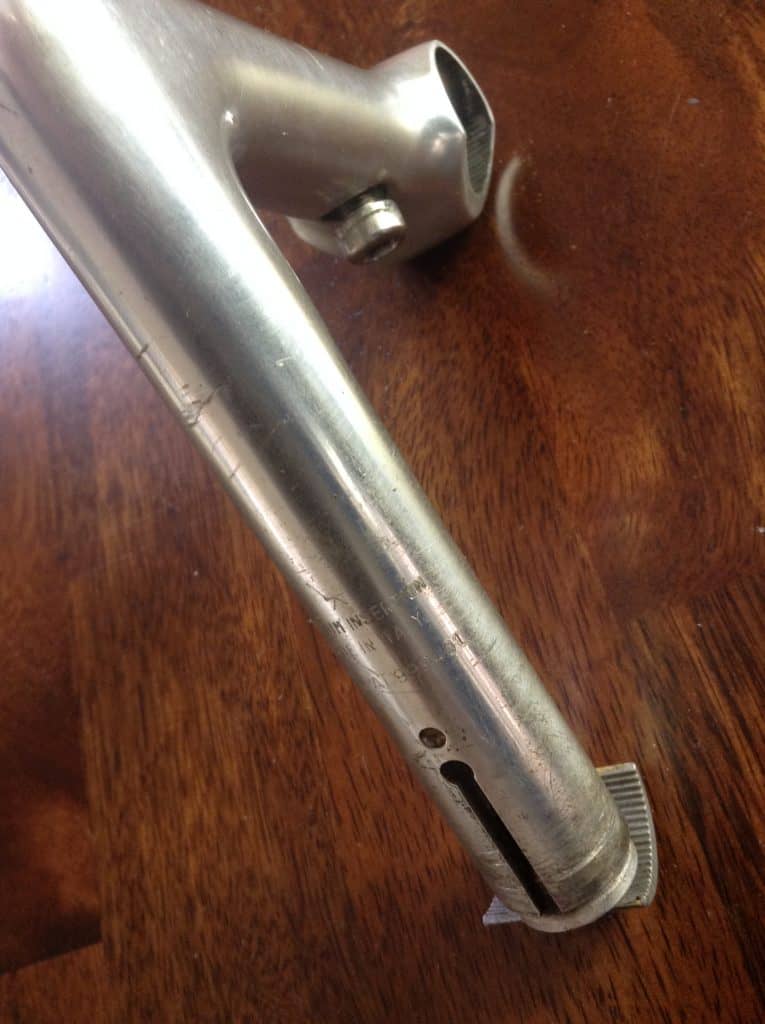
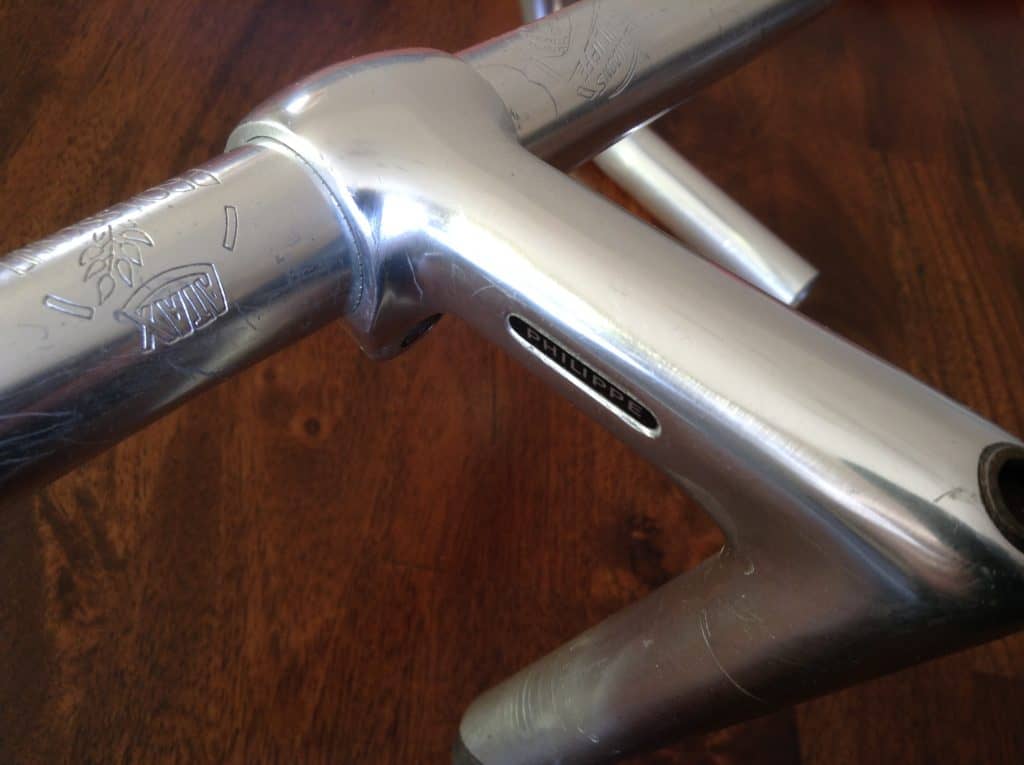
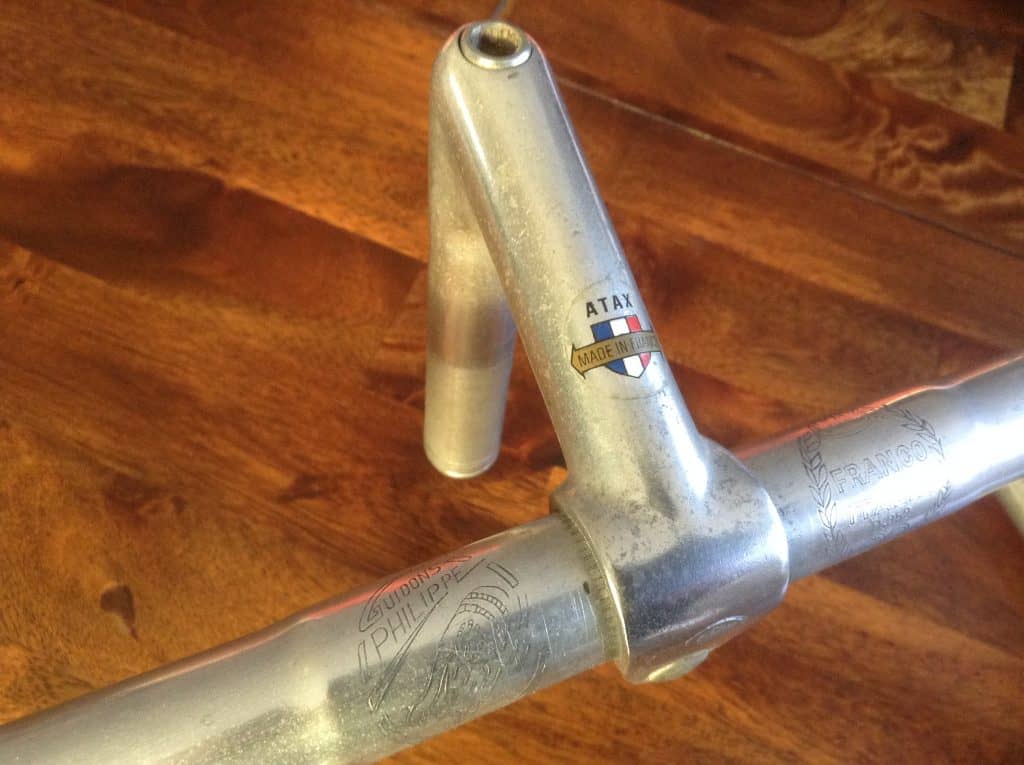
So, I’m restoring a Vitus 979, which has a campy headset. Since it’s after your daqte of ’83, is it standard?
Hi Thomas, it sounds to me it should be standard threading, if it’s after 1983. Sounds like a cool bike!
Dude, it takes all of 8 minutes and a 5 cent piece of sandpaper to make a 22.2 stem fit a French bike of this vintage. This process is insanely easy and give you many more options.
I don’t think filing a long and thin seat post, which is the most load-bearing component on a bike, is a safe way to deal with a problem. I’d rather spend £10 and buy a new one, rather than risk a catostrophic seat post failure at some point, even if there’s a remote chance of it.
Dominic, it’s only 2mm all around the tube, which will not affect the tensile strength at all. It’s exactly how the 22.0 stem mm by other manufacturers were sized for French bikes in the first place for the French market; by sanding down the extra 2mm on a 22.2 mm stem at the factory. Also, 22.0 stems are not made anymore, except maybe by custom small manufactures for vintage bikes, and that will be nowhere as cheap as an old second hand one. Nor or they common or even available new at your local bike shop, unless you luck out in the used parts bin. They’re not as cheap as you may think unless you look and find good deals on used or old stock from vintage bike and second-hand sellers. Sanding down a 22.2 stem to a 22.0 is the easiest route for a lot of people. It’s not even a 1% of a percent of the tube wall thickness.